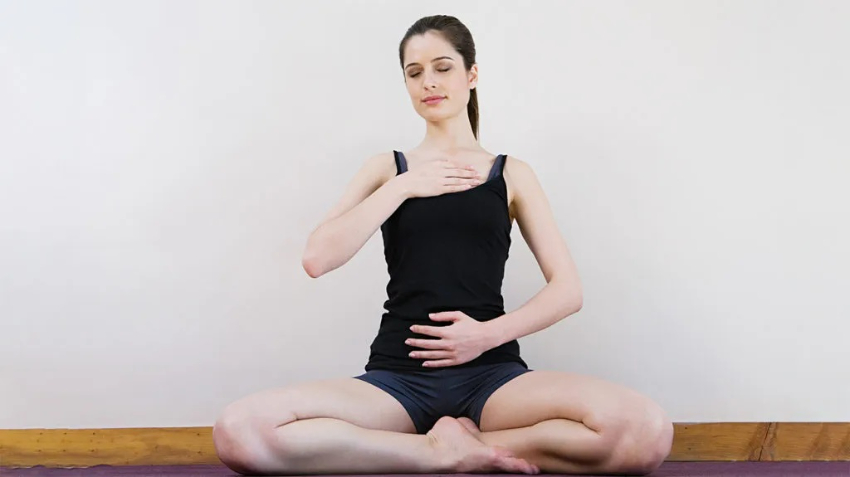
The door of Ch’an is entered by Wu. When we meditate on Wu we ask “What is Wu?” On entering Wu, we experience emptiness; we are not aware of existence, either ours or the world’s.
E-MAIL: admin@relaxmid.com
In today’s fast paced world, meditation can feel daunting to carve out time to do. With work schedules that seem to demand 90, family and social commitments, the ability to create mindfulness moments seems impossible. But meditation doesn’t need to be done in hours of uninterrupted time. Intentional focus for even a few minutes can indeed help your mental and physical well being. In this article, I would like to share with you simple and effective ways of adding meditation to your busy day.
Practicing meditation has indisputably been shown to reduce stress, sharpen focus and improve general emotional health. It provides:
Meditation is like the reset button for a busy person and allows you to start your day fresh with renewed energy and clarity.

Meditation doesn’t have to be an hour of 30 minutes. Begin with two to five minute micro – meditations. And what’s great about these short bursts of mindfulness is that they lend themselves really well to a packed schedule.
One of the easiest ways to meditate is to combine meditation with everyday tasks. This mindfulness meditation changes routine activities into moments of awareness.
When you pair meditation with daily activities, practicing mindfulness becomes second nature and is easy, without having to add in extra time.
Guided meditation apps like Headspace, Calm, and Insight Timer make it easy to meditate anywhere, anytime. These apps have sessions ranging from 3 minutes, for some specific screws like stress relief, focus, or better sleep.
Rather than meditation during activity, use the transition periods between activities as times for meditation. These few moments can get you back on track to stay present during the rest of your day.
These moments create a sense of calm and intention even with a few deep breaths.
Consistent practice starts or stops with your day with meditation. Mornings with meditation get your day off to a positive start, and an evening meditation to unwind at the end of the day.
Simple breathing exercises are a type of meditation that can be done in seconds. In stressful moments or when you need to refocus, they’re vital.
They are exercises that can be performed any time, in a meeting, in traffic, or in line.

If you can’t make time for it, find a way to treat meditation as you would any other commitment. Treat the time required to block 5–10 minutes for “meditation time” in your calendar.
Meditation breaks are the perfect time to work. This time you can scroll mindlessly, or you can practice mindfulness.
If you spend a lot of your day with family, have them join you in your meditation practice. If you find a guided meditation or a mindfulness exercise for kids, that is fun and is a great way to bond and to teach everyone about mindfulness.
Meditation isn’t so much about perfection. It’s about being there, for a minute. The simplest mindful breath can still make a difference on days when you feel your schedule looks like too much.
It doesn’t have to consume far too much time or be very complicated. Unless you’re lucky enough to regularly find yourself on the cushion for anywhere from 30 to 60 minutes, developing a regular meditation practice may seem to be too much of an obstacle to overcome. So, take it slow, be consistent, and see how just practicing this can make your day sharper, less stressful and less emotionally destructive.
